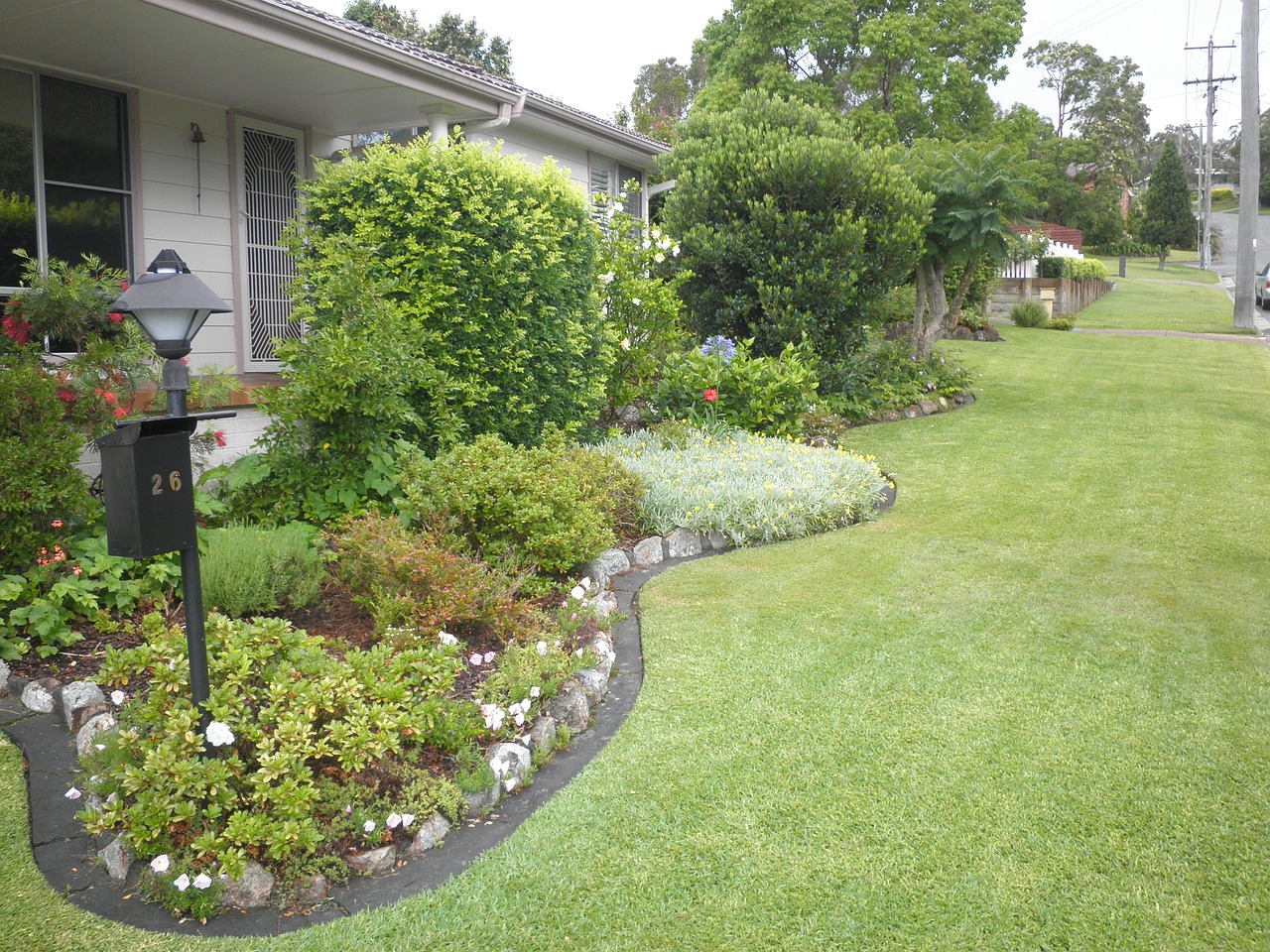If you want to expand your home’s living space, increase its value, improve its functionality, beauty and enjoyment, you just need to open the door and look outside at the potential awaiting you – right in your own yard.
According to research by Virginia Tech, a well-landscaped home can increase its perceived value from 5.5% to 12%. That’s why it pays to invest in landscaping: you will reap what you sow – and perhaps more – when you sell your home.
Like any home improvement, there are ways to trim the cost of landscaping. All it takes is some planning, ingenuity, patience, and perhaps getting your hands a little dirty. Here are a few tips and tricks to design and maintain a budget-friendly landscape that you’ll not only love, but will last for years to come:
Start by design. Like any home improvement, landscaping needs to start with a well-developed plan that factors in your space, climate, lifestyle and budget. If you begin landscaping haphazardly, it will show – and you won’t reap the benefits. But how do you come up with a plan without incurring a high cost? Some nurseries and stores can help you design your dream yard for a small fee, and offer a rebate if you buy products from their store. Online sites such as HGTV or Better Homes and Gardens, to name just two, can give you lots of ideas. A visit to a nearby botanical garden can give you an in-person vision as to how you can beautify your living space with plants that thrive in this climate. Your plan can include not only plantings, but living spaces, such as a patio, play area, or fire pit. Remember: You don’t have to execute on all the plan at once – instead break it up into smaller projects that fit your budget and time.
Use your own – Not hired - landscaper hands. One of the biggest areas you can save in landscaping is installation. You will pay up to four times the cost of planting a bush if you get a landscape company to do it. If you’re not able to do the hard work, consider hiring some high school kids to do the digging for you. For projects such as irrigation or a brick patio, home improvement websites like Home Depot have lots of “How To” videos that will guide you through the process.
Wait for it… There are two ways to save through patience: waiting for the sales, and buying smaller shrubs and trees. Buying your trees and shrubs young will save you money – and you will also have the ability to move them if you find they aren’t thriving in the area where you planted them. Need some new perennials, garden tools, or patio bricks? Wait for the sales. You can also find great plants at your local Garden Club sale, or you can swap some bulbs or perennials with a neighbor. In terms of tools, yard sales are a great place to reap big savings.
Plant strategically. Know your land, how it drains, and how large your plantings will grow, then plan and plant accordingly. Some plants thrive in sunny spots – others will shrivel without water. Do your research on which plants are best for your specific area. To cut down on the cost of mulch, consider fast-growing and beautiful ground cover, or utilize natural mulching from your pine or deciduous trees. You can save hundreds of dollars each year just by eliminating expensive mulch. Another tip is to plant trees and large shrubs in sunny spots to add shade to your house. According to Scotts, shade from strategically planted trees can shave up to 30% off heating and cooling costs.
A beautiful landscape can be yours to enjoy for now and years to come. And, unlike other improvements inside your home that can become dated, a well-designed landscape can literally grow your home’s value over time as your plantings grow. It’s the best way to enjoy and make the most of the “great outdoors” of your home.
Got any other money-saving tips and tricks you’d like to share with our readers? We’d love to hear them in your comments below.














Comment